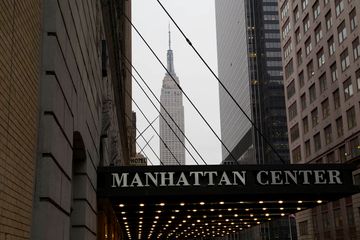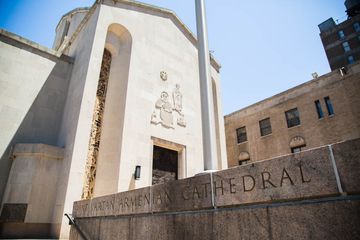In 1902, many major companies in Manhattan - such as JP Morgan and Tiffany – had collections of exotic plants and intricate gardens. They formed the Horticultural Society of New York as a forum to exchange information and trade practices in the science of horticulture and the care of these botanical treasures. By 1914, the organization began hosting what might be considered the equivalent of today’s film festivals or fashion weeks: flower shows, where the most modern and extravagant plants could be displayed. “Every state had a flower show at their horticultural society, ” explained Executive Director Sara Hobel. “There were competitions at the shows and all the ladies in the suburbs led their own flower clubs. ” In addition to the flower exhibitions, the society took on bigger projects, namely the reforestation of French land after World War I. With time, the original aims of horticultural societies lost their appeal; flower shows became less popular, and as people farmed or gardened less and less on their own, their need for information declined too. The times were changing, but the HSNY was determined to change with them. In the 1990s the organization began centering its efforts around social service and urban issues. Their employees work in the field as teachers, therapists and builders – some visit schools to educate the younger generations on urban blight and the role plants and gardens play in society, others use therapeutic gardens to help inmates at Rikers Island or struggling ex-offenders, and some build gardens for places that cannot afford it themselves. Although the Horticultural Society operates mostly in the field, the headquarters on 37th Street still houses a library and organizes workshops and lectures to educate the public on the imperative role of nature and gardens to the community. “Especially for the less well off, who may not be able to afford to plant or eat greens, it is important for us to bridge that gap. We all need to help heal nature, ” Hobel says.



